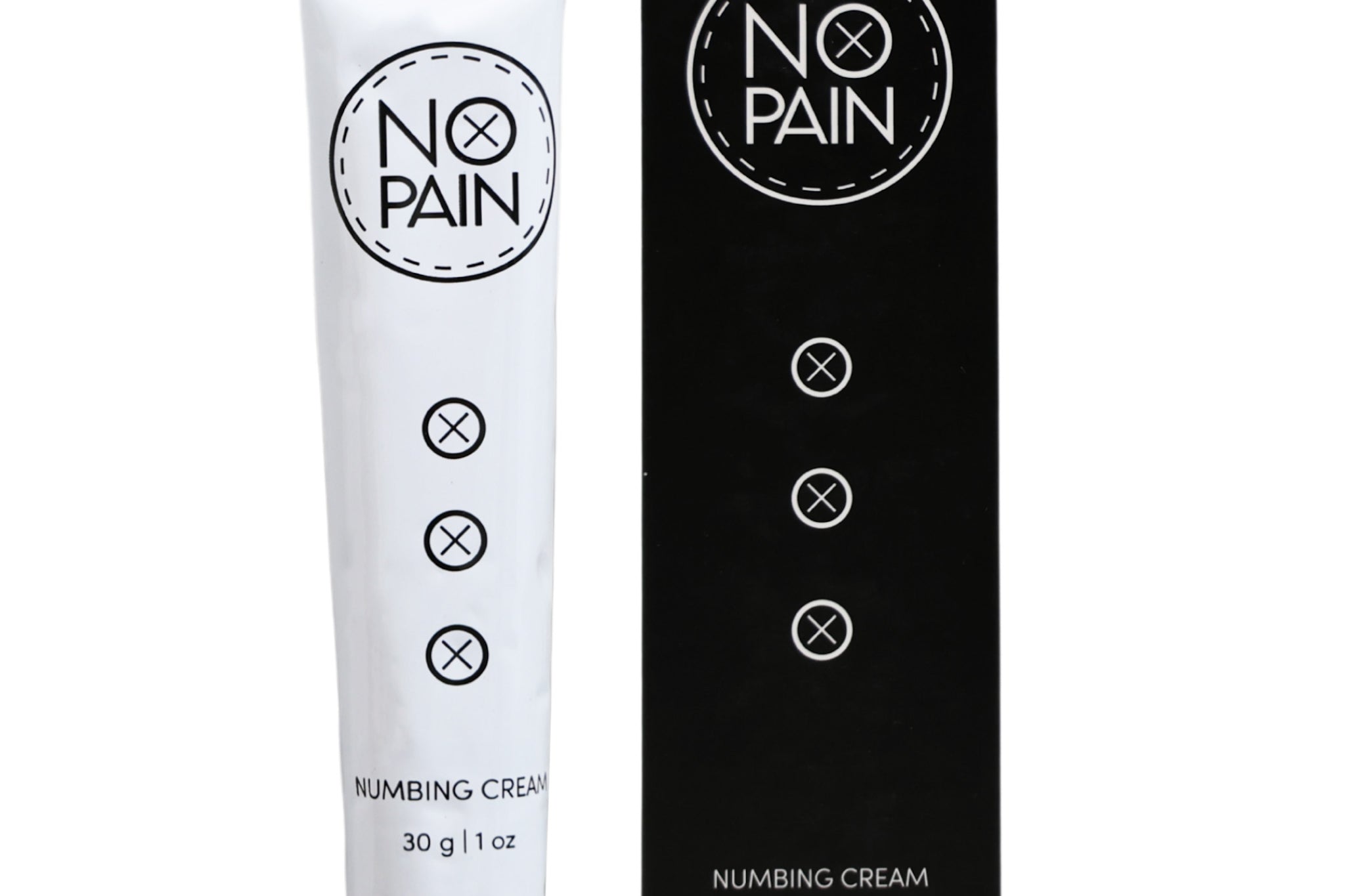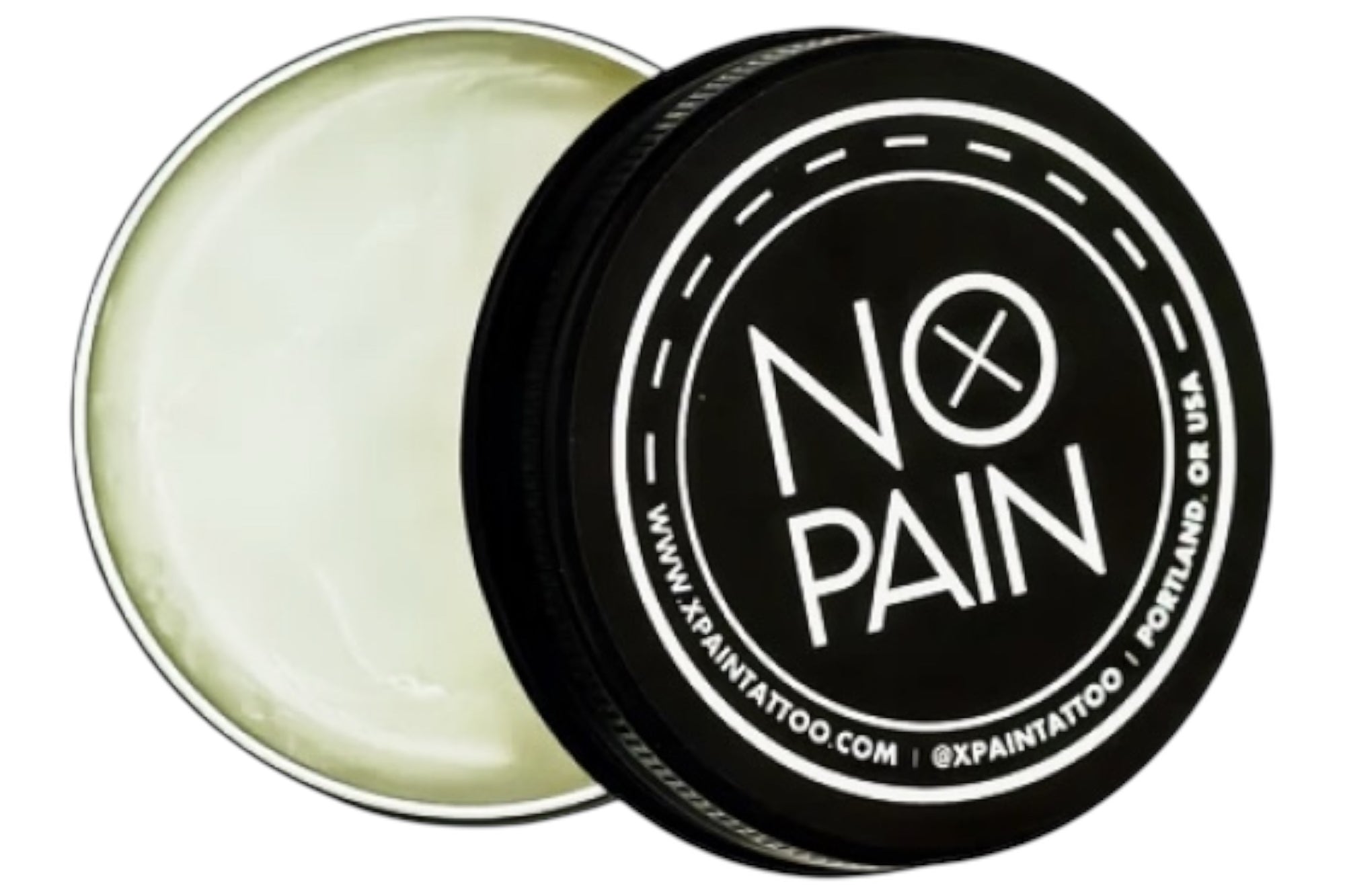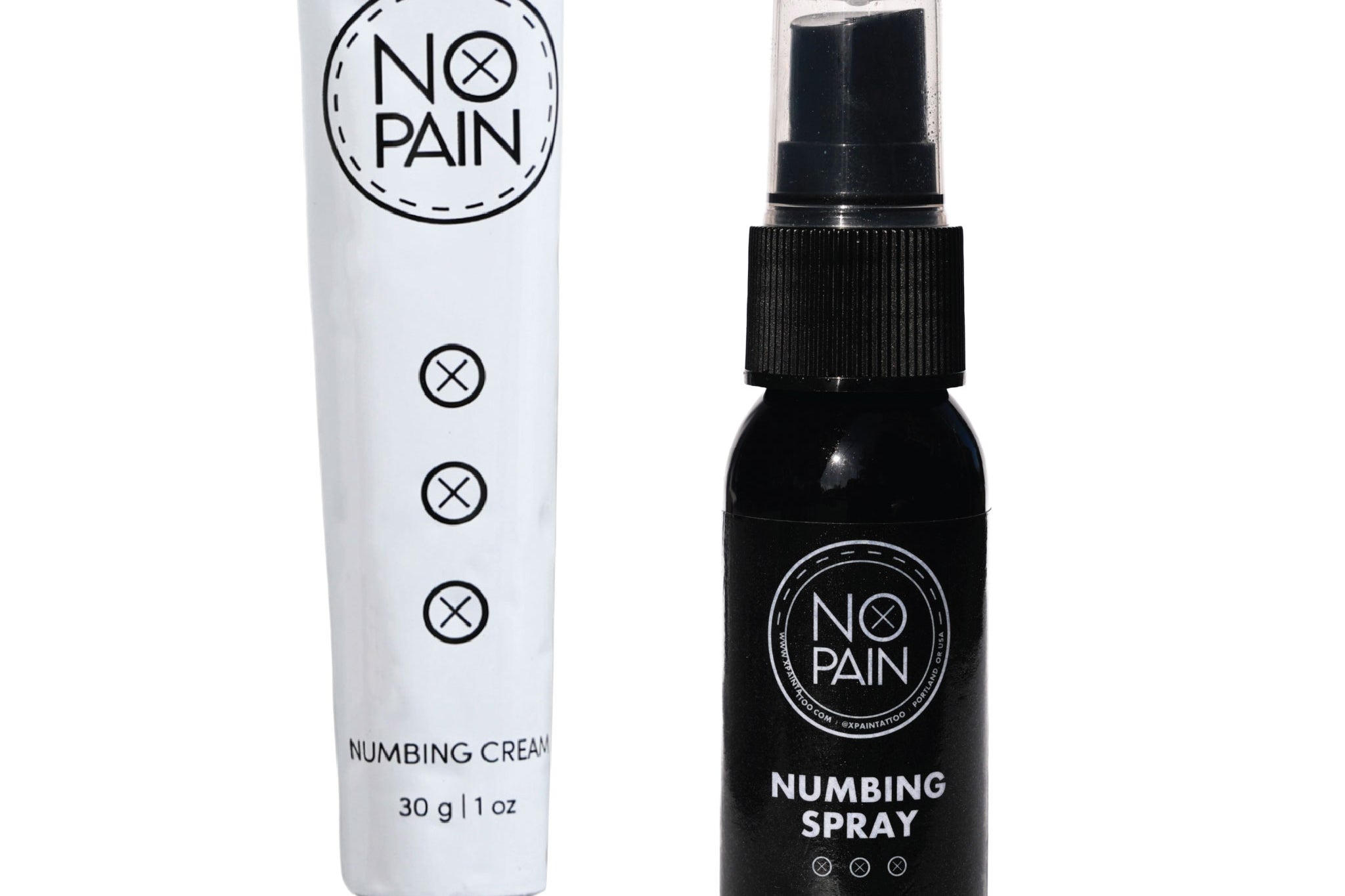You're in a tattoo consultation, discussing your first big color piece. You might mention to your artist that you have sensitive skin or are worried about a potential reaction to the ink. A true professional might then suggest a "color test" or a "patch test."
For a client, this can be an unfamiliar concept. What is a color test in tattooing? Why is it done, and is it something you should consider?
A color test is a simple, professional precaution that is one of the smartest things you can do to ensure a safe and successful tattoo experience, especially if you have a history of skin sensitivity. This is your complete guide to the process.
What is a Color Test?
A color test is a mini-tattoo, done weeks or months before your main appointment, to see how your body reacts to a specific tattoo ink.
-
The Process: The artist will tattoo a few small, discreet dots or a tiny line of the specific color pigment (most often, red) in an inconspicuous area of your body.
-
The Goal: The primary goal is to check for any signs of an allergic reaction to the ink before you commit to a large, permanent piece.
Who Should Get a Color Test?
While anyone can request one, a color test is most strongly recommended for individuals who:
-
Have a History of Skin Allergies or Eczema: If your skin is generally reactive, a color test is a crucial safety step.
-
Are Getting Their First Color Tattoo: If you've only ever had black ink, you have no way of knowing how your body will react to the different compounds in colored pigments.
-
Are Getting a Tattoo with a Lot of Red Ink: Red is, by a wide margin, the most common color to cause an allergic reaction. A patch test with the specific red ink your artist uses can provide invaluable peace of mind.
The Process and Timeline
-
The Test: During a quick appointment, the artist will perform the small test tattoo.
-
The Wait: You must then wait for the test spot to fully heal and for your body to have time to develop any potential delayed reaction. This means waiting at least 4 to 6 weeks.
-
The Assessment: After the waiting period, you and your artist will examine the healed spot.
-
A Good Result: The spot has healed smoothly, just like a normal tattoo. This is a green light to proceed.
-
A Bad Result: The spot is still red, bumpy, persistently itchy, or has developed a rash. This is a clear sign that you have a sensitivity to that specific pigment, and you should not get a large tattoo with that color.
-
Aftercare for Your Test Spot
Even though it's tiny, you must treat your color test spot like a real tattoo. How to care for a new tattoo, no matter the size, is critical.
-
A perfect, gentle aftercare routine will ensure that any reaction you see is from the ink itself, not from a poor heal. Our No Pain Tattoo Aftercare Bundle provides the hypoallergenic, professional-grade products you need to heal the test spot perfectly.
The Verdict: A color test is a smart and responsible step for anyone with concerns about skin sensitivity. It's a simple procedure that can save you from a potential lifetime of discomfort. Don't be afraid to ask your artist about it. A true professional will always prioritize your health and safety above all else.



